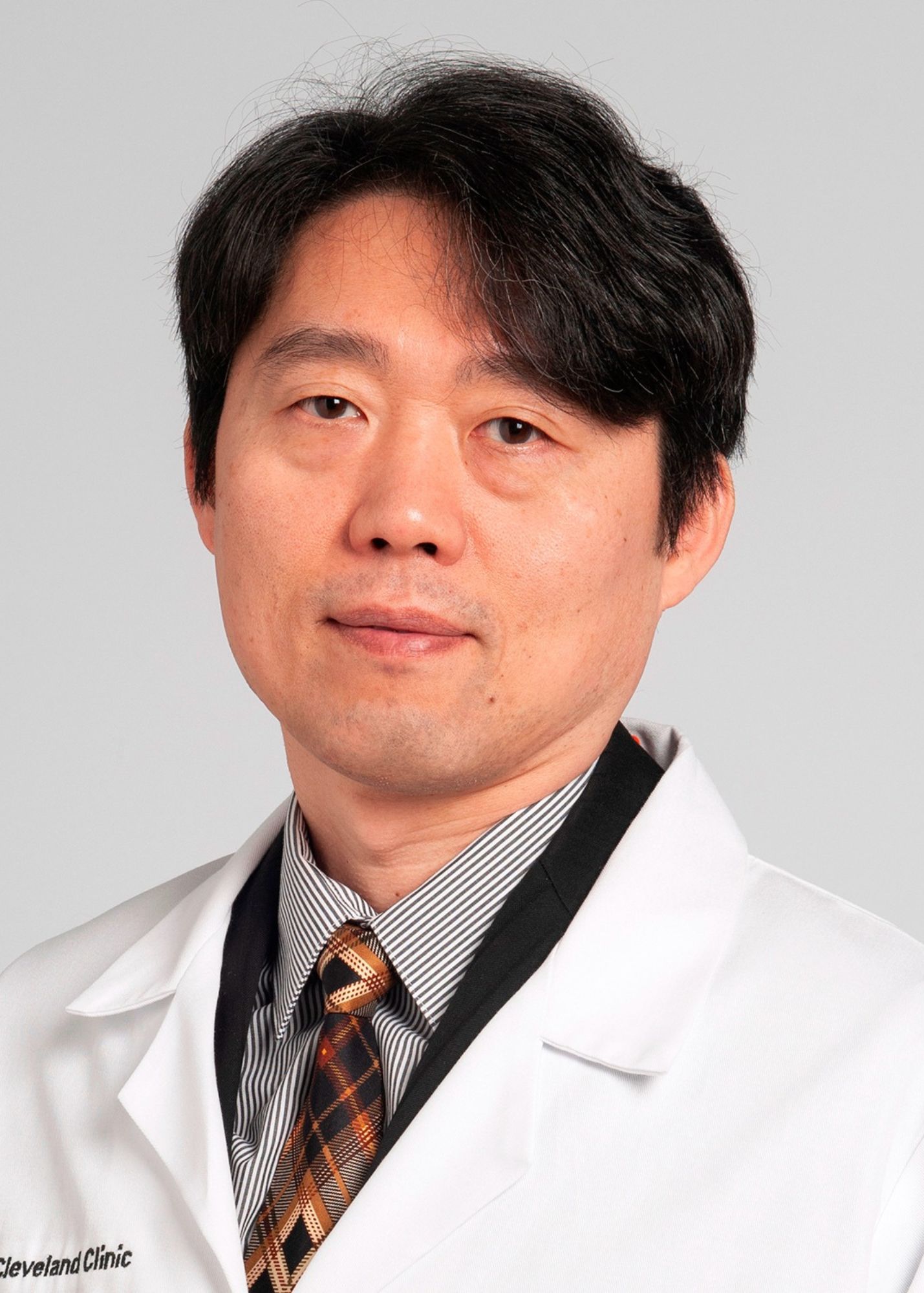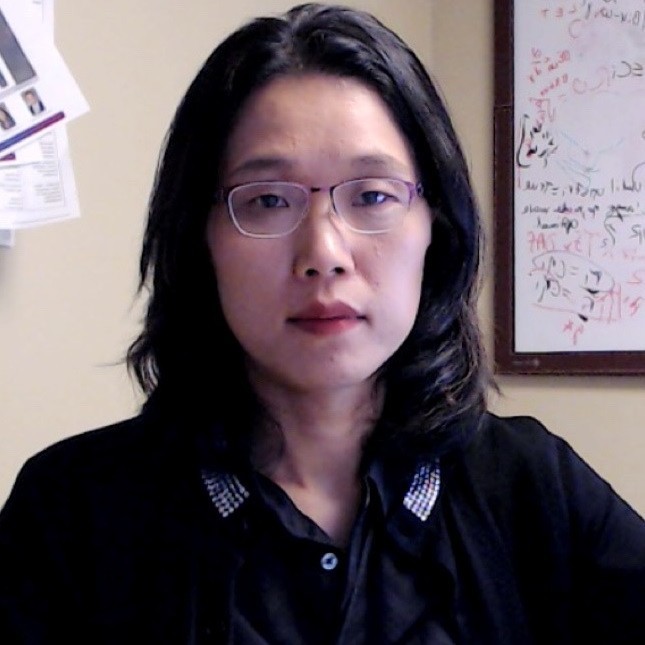EMERGING AND SPECIALIZED TECHNOLOGIES SUB-COMMITTEE


The purpose of the Emerging and Specialized Technologies Committee is to evaluate and guide the introduction and integration of innovative physics technologies into clinical practice. The committee's scope encompasses both emerging technologies that show promise for clinical application and established but specialized or niche technologies that may have limited but significant applications in specific clinical scenarios. The committee assesses technologies based on scientific validity, clinical utility, safety profile, and implementation feasibility. The committee aims to accelerate the evidence-based adoption of beneficial technologies by developing clinical guidance documents, facilitating education and knowledge transfer regarding new technologies, and providing guidance to members on both emerging and specialized technology applications.

Dr. Popple received his PhD in Physics from Rice University, followed by a post-doctoral fellowship in Medical Physics at the University of Texas M.D. Anderson Cancer Center. He joined the faculty of the Department of Radiation Oncology at the University of Alabama at Birmingham in 2000, where he is currently Professor, Director of the Division of Medical Physics, and Vice-Chair of Physics. Dr. Popple has extensive clinical experience in linear accelerator multi-leaf collimator-based radiosurgery, and was an early pioneer in multiple target, single isocenter radiosurgery. His current clinical interests include MLC based functional radiosurgery, surface imaging for intra-fraction motion management during intra-cranial SRS, and automation to improve clinical workflows. Dr. Popple has been a member of the Radiosurgery Society (RSS) since February 2023, joined the Physics Committee in June 2025, and is serving as Chairperson of the Emerging and Specialized Technologies Subcommittee.

Dr. Cho is a Staff Medical Physicist at the Cleveland Clinic and Associate Professor of Radiation Oncology and Biomedical Engineering at the Cleveland Clinic Lerner College of Medicine, Case Western Reserve University. He received his PhD in Mechanical Engineering from KAIST, followed by postdoctoral training in Canada and a medical physics residency at Princess Margaret Hospital, where he later served as Staff Medical Physicist.
With over 25 years of experience, Dr. Chohas made significant contributions in image guidance, adaptive radiotherapy, and AI applications in radiation oncology. His patented innovations, including CBCT calibration methods and panoramic imaging for the Gamma Knife, have been widely adopted and commercialized.
His current research focuses on radio-immune response modeling, developing numerical frameworks that integrate radiation damage, immune activation, immunotherapy, and tumor dynamics. This pioneering work is attracting international collaborations, industry partnerships, and funding, positioning his group at the forefront of advancing precision radio-immunotherapy.

Since earning his Ph.D. in 2015, Dr. Dai has worked in both research and clinical practice within the field of medical physics. Currently, he holds the position of Deputy Chief Physicist in the Department of Radiation Therapy at the Cancer Hospital, Chinese Academy of Medical Sciences, Shenzhen Hospital. In this capacity, he oversees major projects involving CyberKnife and spatially fractionated radiotherapy (SFRT). One of his key contributions has been the development of lattice auto-contouring software, which has facilitated the implementation of SFRT in more than 30 hospitals.
He has also successfully led multiple research initiatives supported by prestigious grants, including those from the China Postdoctoral Science Foundation, the Hubei Province Postdoctoral Foundation, and the Guangdong Natural Science Foundation. His scholarly work includes over 60 peer-reviewed publications, with 28 as first or corresponding author, and one article has been cited up to 43 times. In recognition of Dr. Dai’s research contributions, he was honored with the "Wiley China Excellent Author" award in 2024. Additionally, he holds 17 granted patents and serves as a reviewer for several internationally renowned journals, such as Medical Physics, Physics in Medicine and Biology, International Journal of Radiation Biology, Frontiers in Oncology, Precision Radiation Oncology, Radiation Oncology, Nuclear Science and Techniques, and Neurological Research.

Wenbo Gu, PhD is an Assistant Professor in the Department of Radiation Oncology at the University of Pennsylvania and a practicing medical physicist at Pennsylvania Hospital. She earned her B.E. in Nuclear Engineering from Tsinghua University in Beijing and her Ph.D. in Medical Physics from UCLA, where her research focused on proton therapy beam angle optimization and inverse planning. Dr. Gu completed her Medical Physics residency at the University of Pennsylvania in 2022 and subsequently joined the faculty. Her current research interests include radiation therapy treatment planning, stereotactic radiosurgery, proton therapy, and FLASH therapy.

Dr. Kim received her PhD degree in Applied Mathematics from the University of Washington in 2010 and is currently a Professor at the University of Texas Southwestern where she serves as the Senior Director of Clinical Physics. Her research focuses on the optimal design of radiotherapy and management of cancer therapy. Dr. Kim has extensive clinical experience in LINAC-based stereotactic radiosurgery, GammaKnife, and stereotactic body radiotherapy. Her current clinical interests include stereotactic body radiotherapy and automated treatment planning to improve patient safety and workflow efficiency. She joined the RSS Physics committee in 2021.